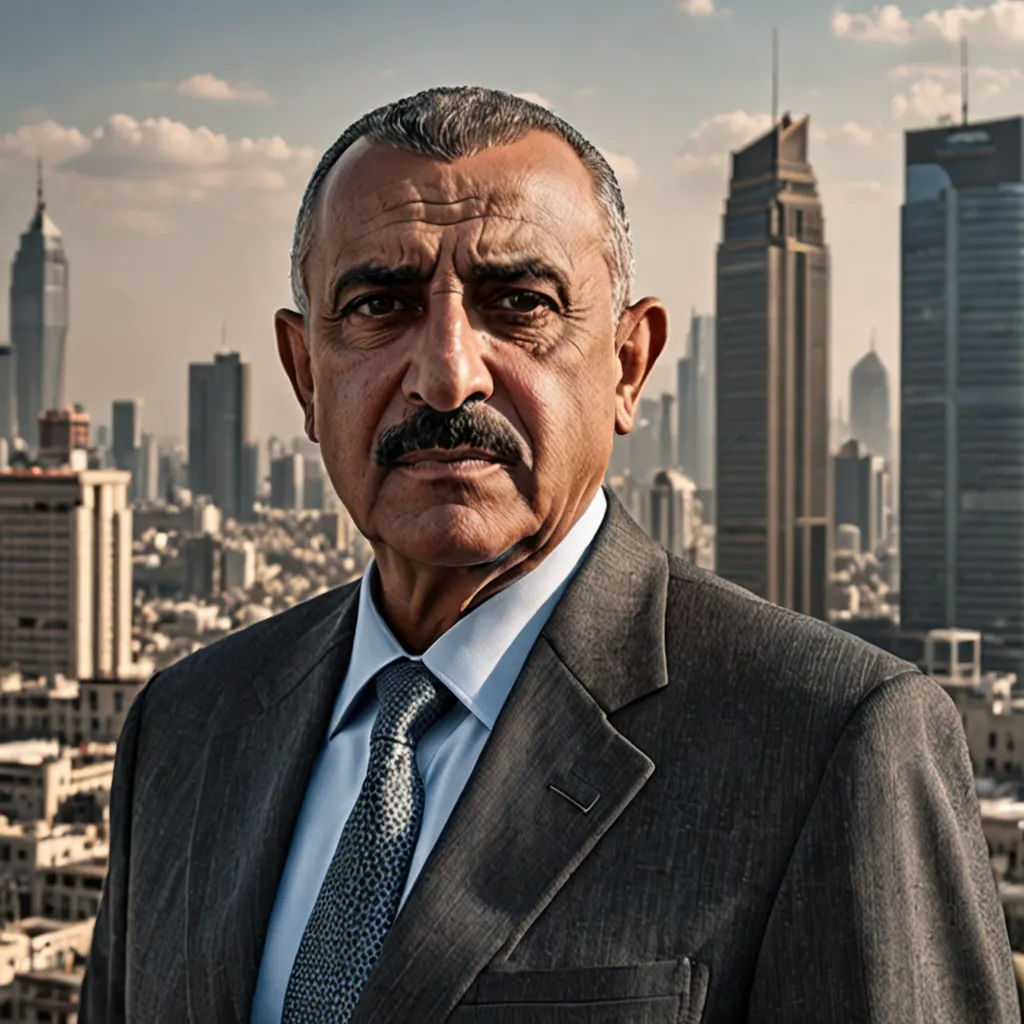
The Rise of Ali Abdullah Saleh
By عصام العماري

23 Apr, 2024
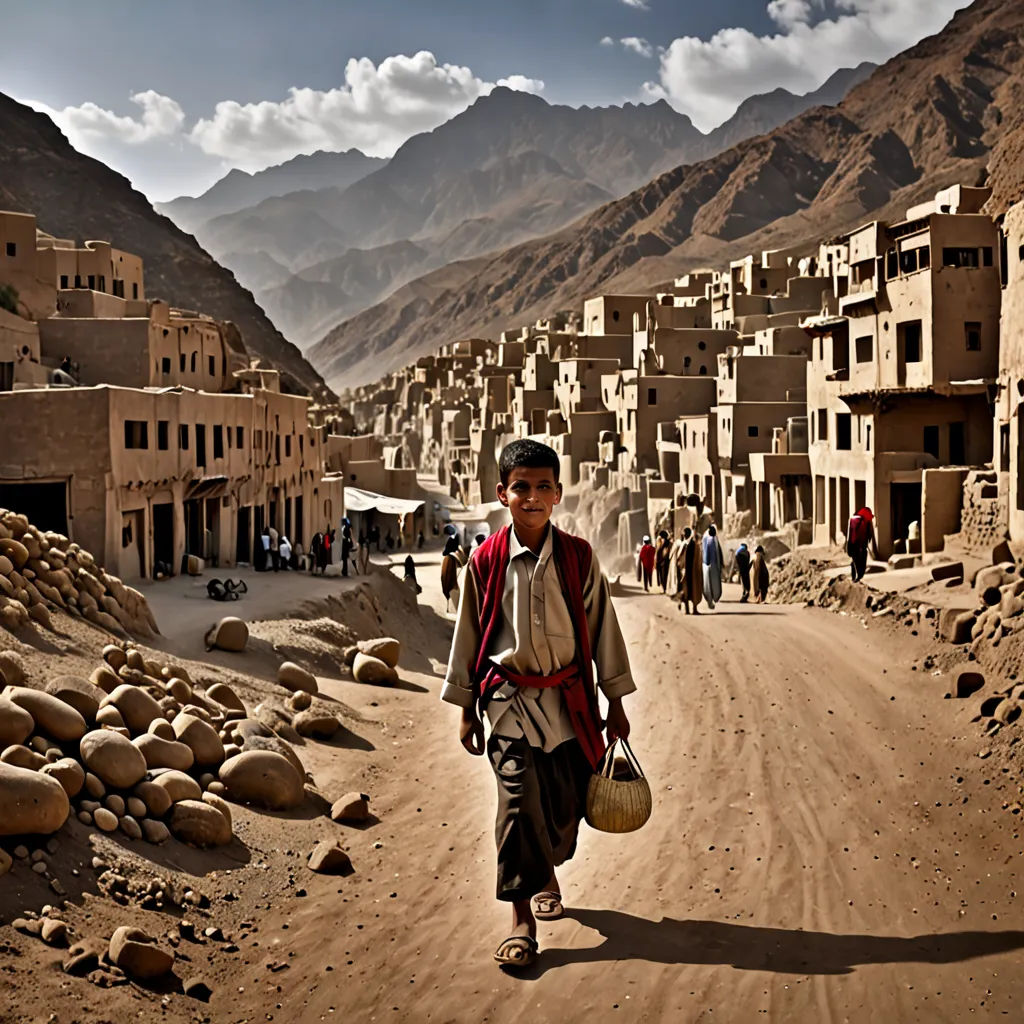
Ali Abdullah Saleh was born in a humble family in the small village of Bait el-Ahmar. Despite his humble beginnings, he dreamt of a better future.
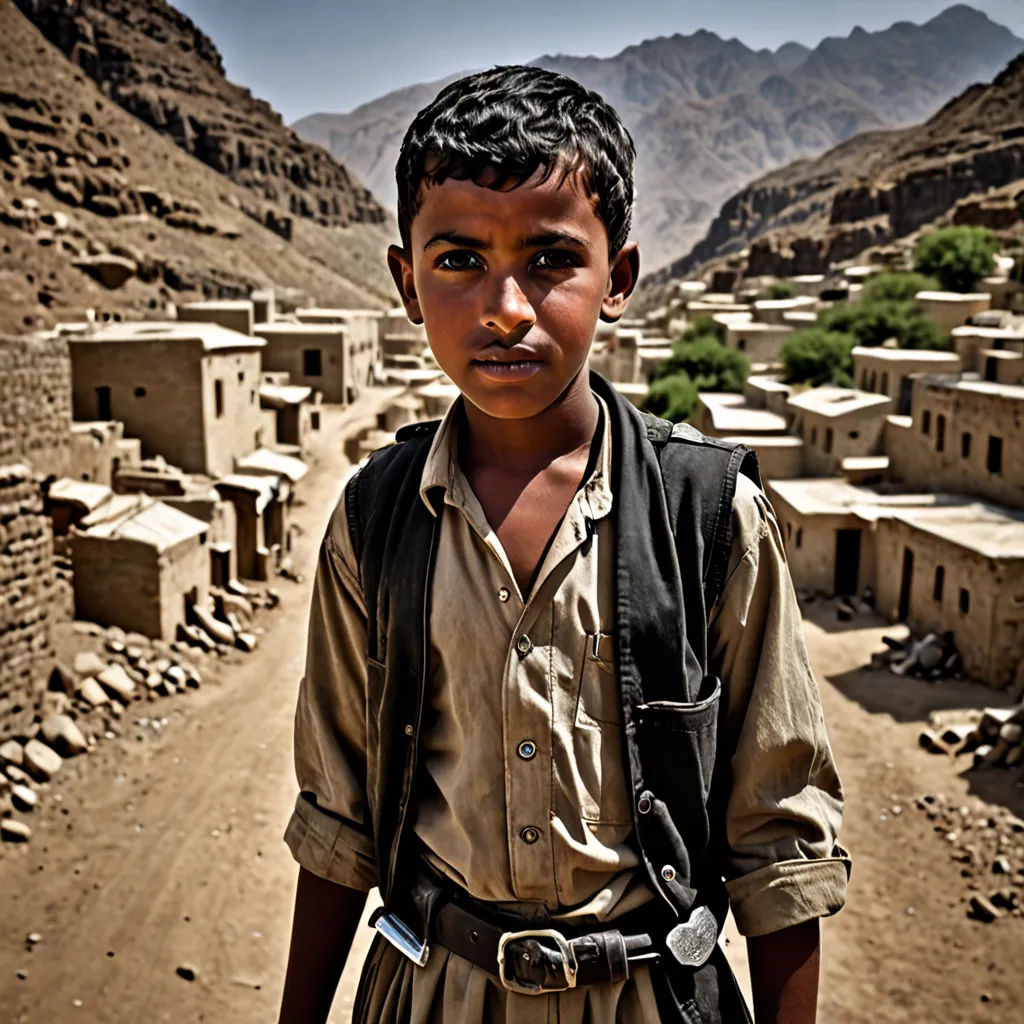
His determination led him to enlist in the North Yemeni armed forces. His commitment and discipline caught the attention of his superiors.
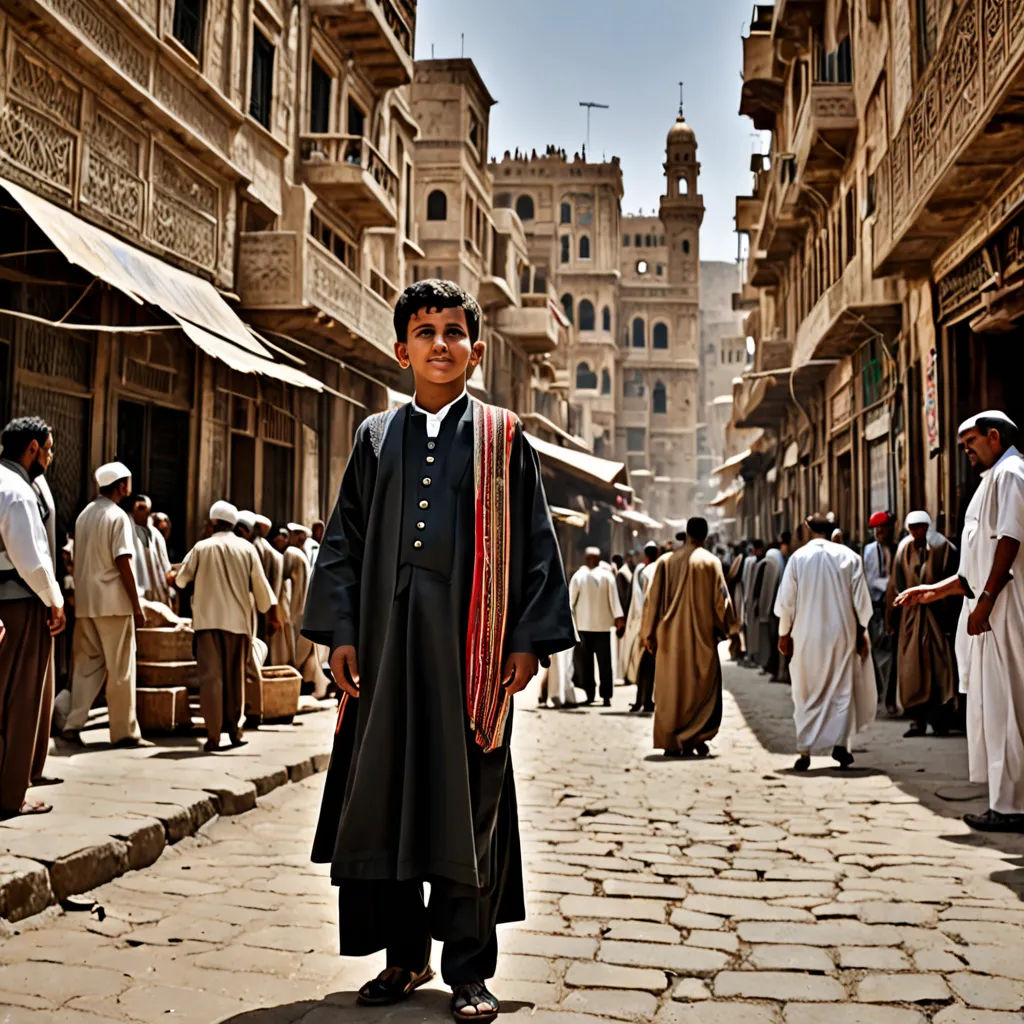
His rapid ascent through the ranks brought him to Sana'a. In 1978, he was elected President of the Yemen Arab Republic, also known as North Yemen.
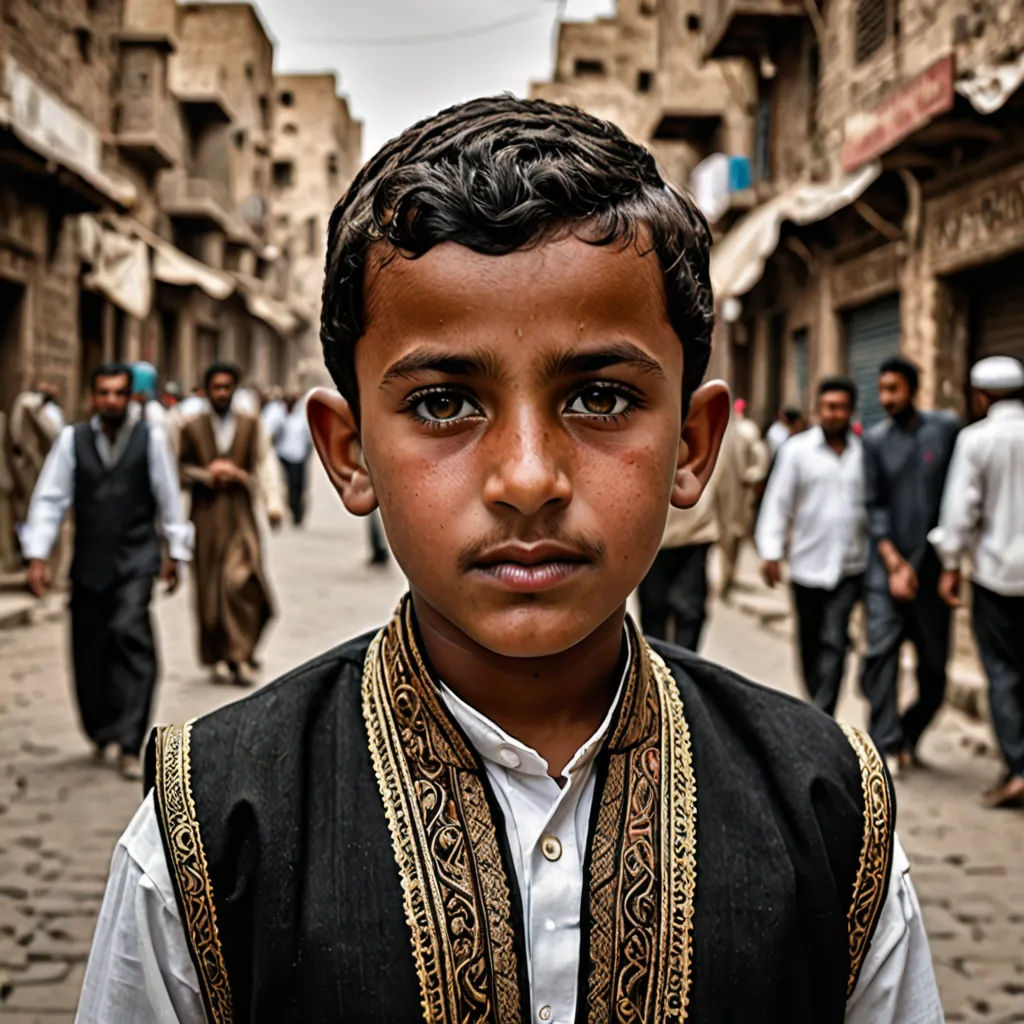
As a leader, Saleh showed his political acumen by navigating through the intricate web of tribal politics and maintaining stability.
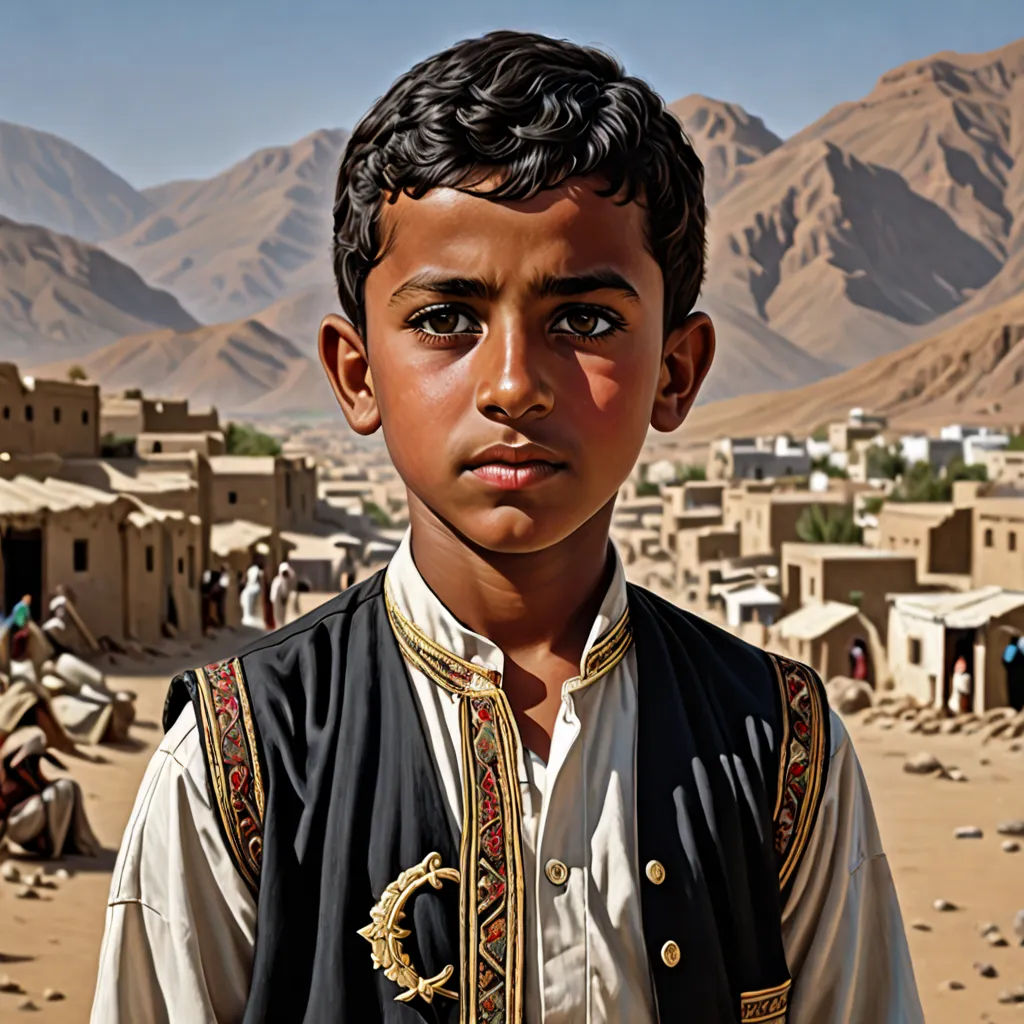
In 1990, Saleh played a key role in the unification of North and South Yemen, becoming the President of the newly formed Republic of Yemen.
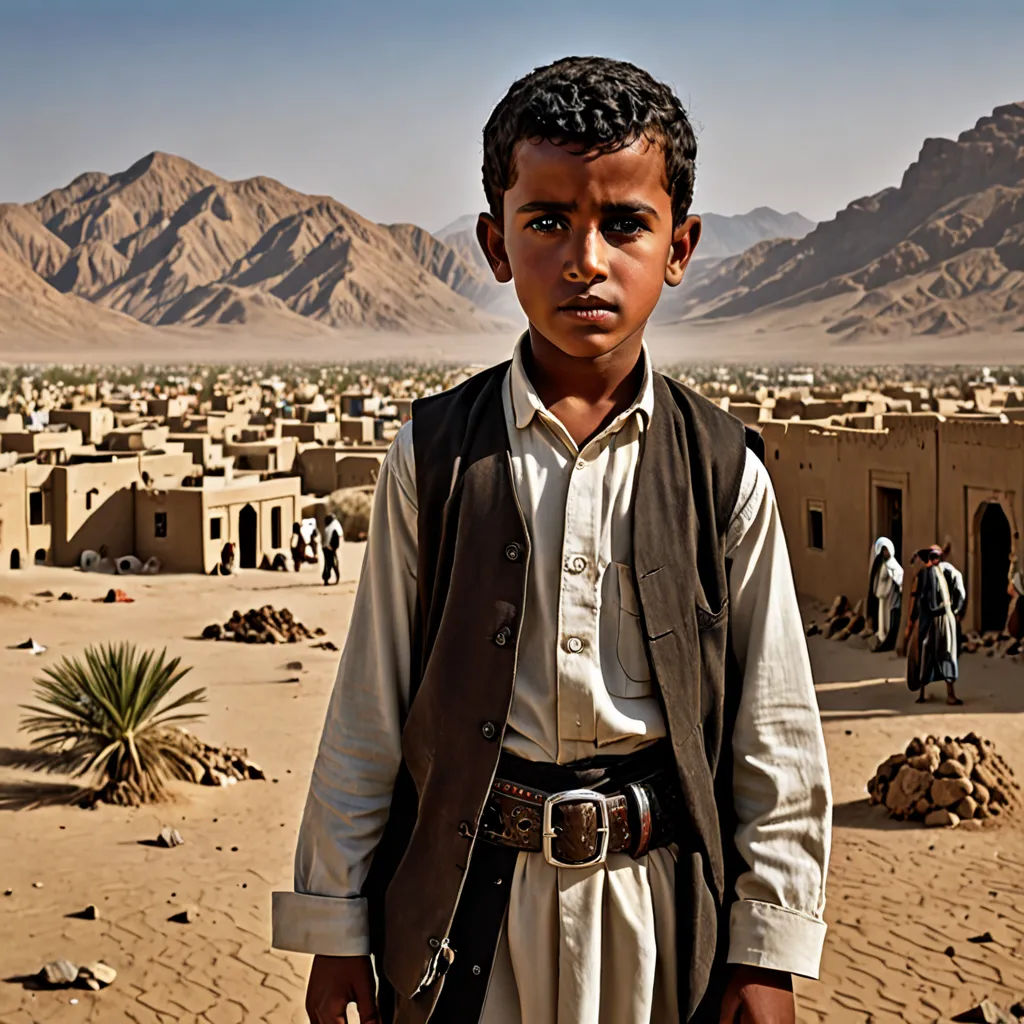
His rule was marked by a series of challenges, including rebellions and political unrest. Yet, Saleh managed to hold on to power for over two decades.
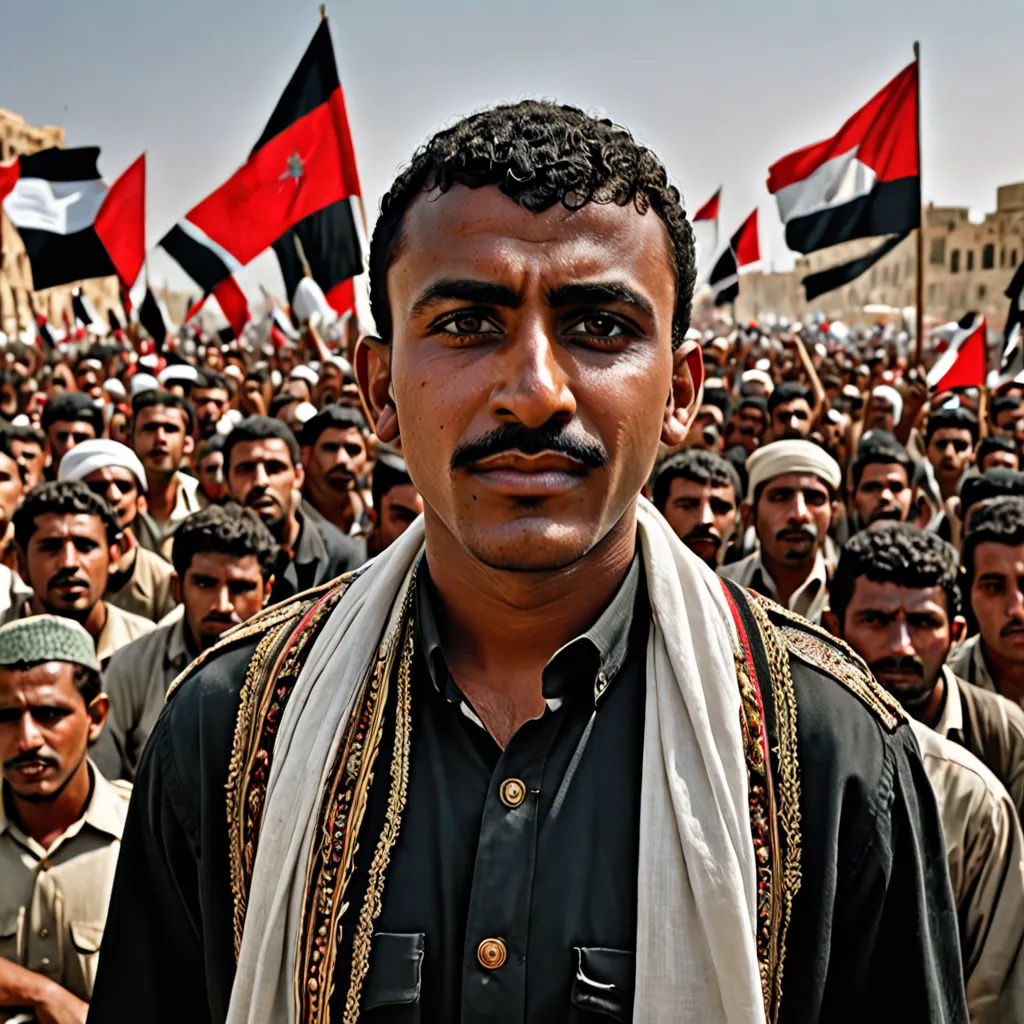
In 2011, the Arab Spring reached Yemen. Massive protests erupted calling for Saleh's resignation.
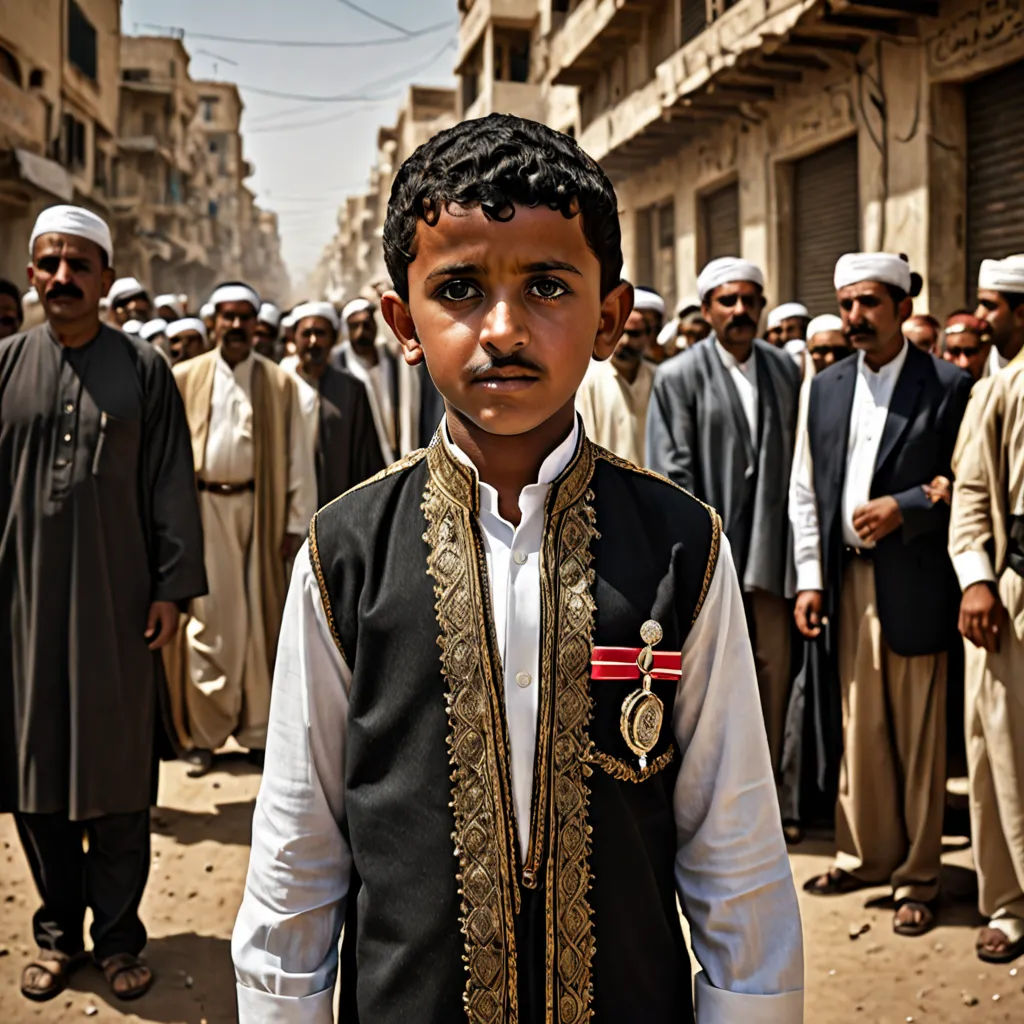
Saleh initially resisted, but eventually stepped down, handing over power to his deputy in 2012, ending his 33-year rule.
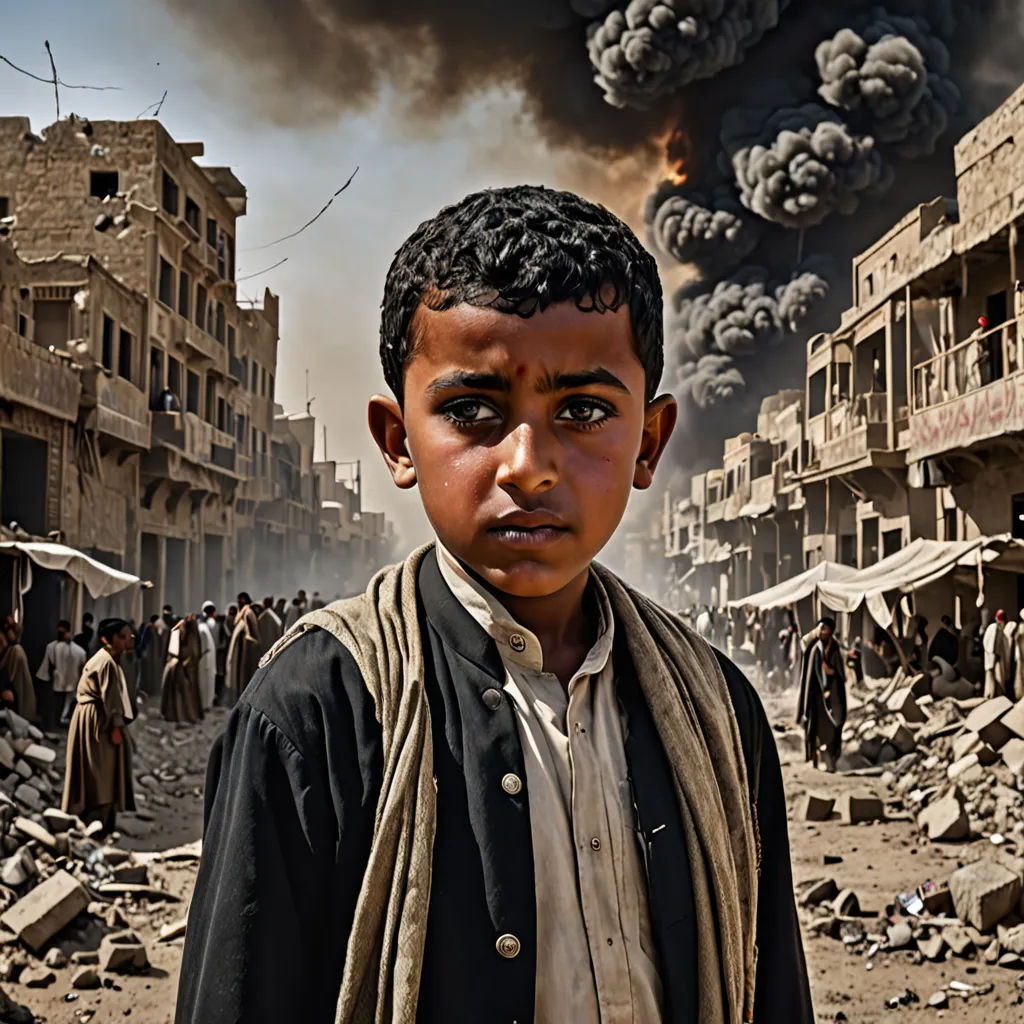
Even after stepping down, Saleh remained a significant political figure, aligning himself with the Houthi movement during the Yemeni Civil War.
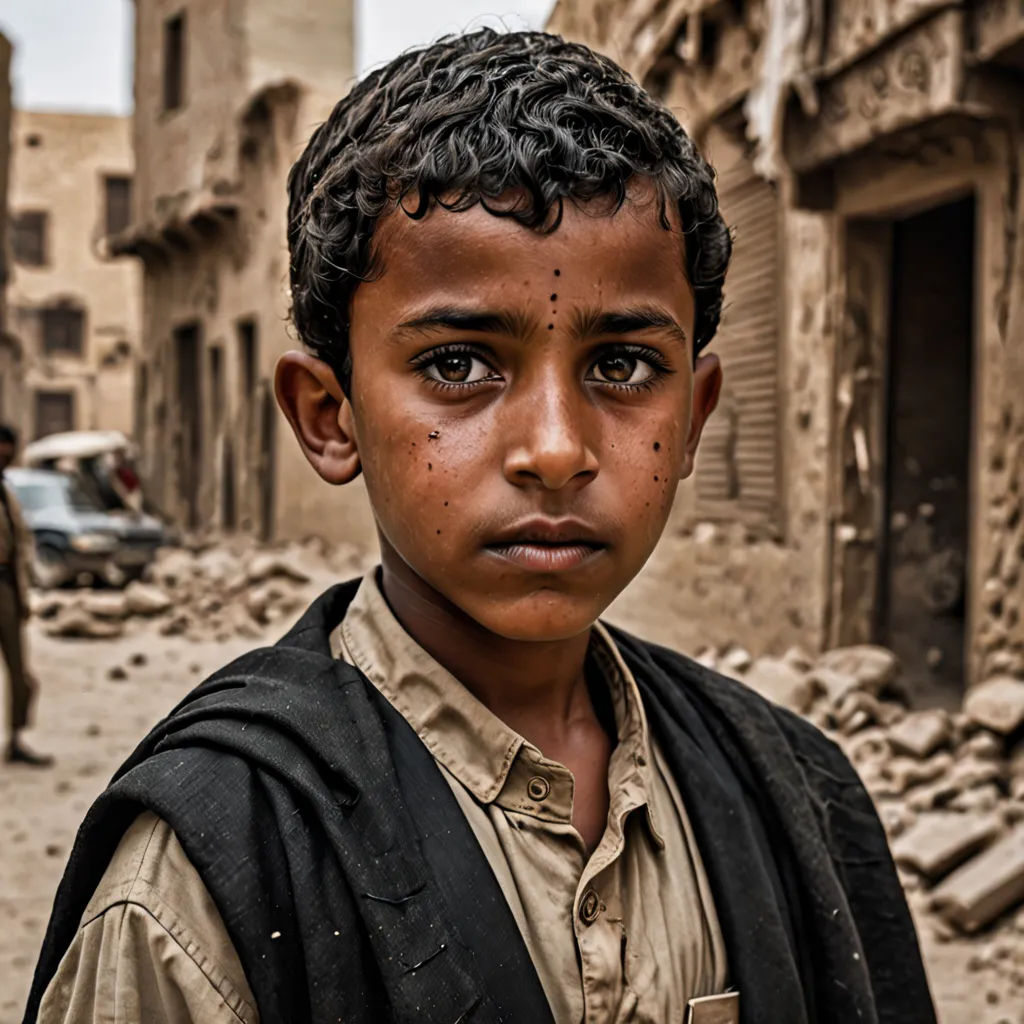
However, this alliance was short-lived. In 2017, Saleh switched sides, leading to his demise at the hands of the Houthis.
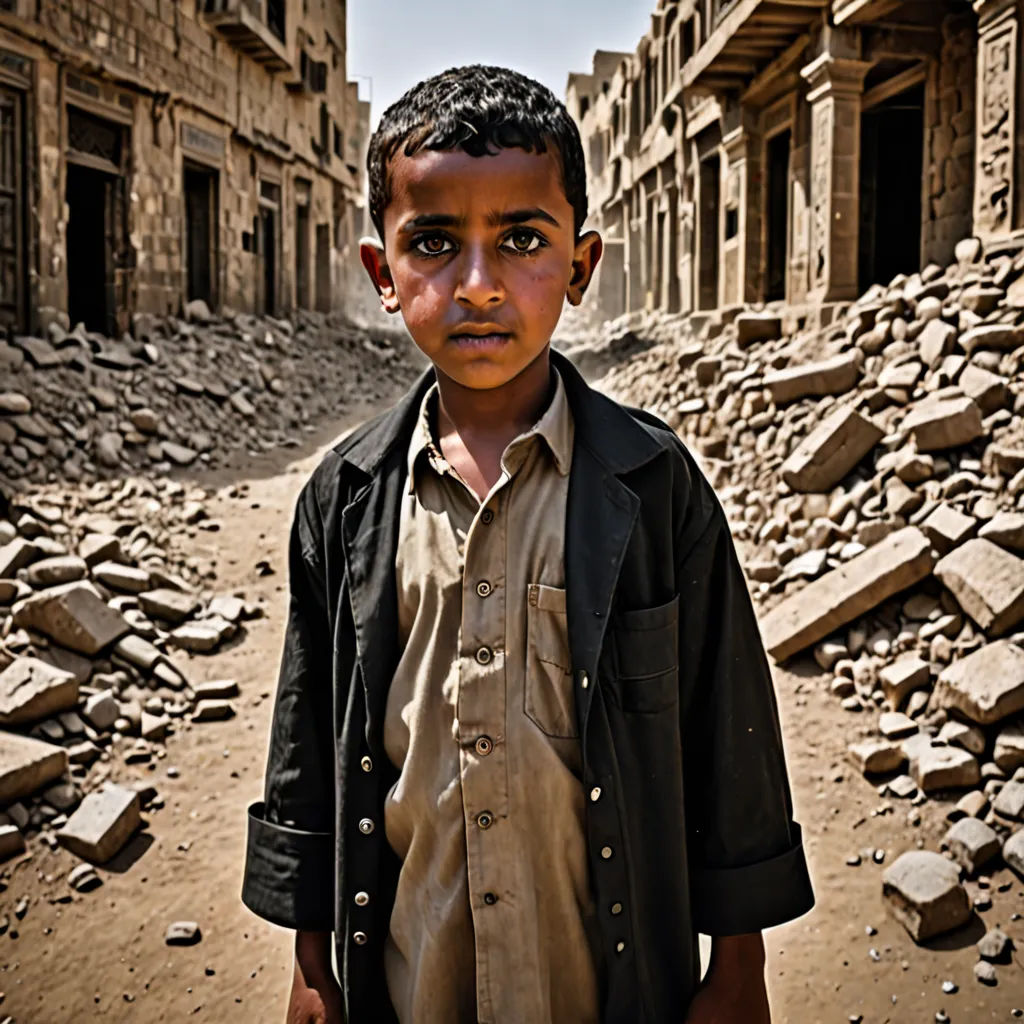
Saleh's legacy is a complex one. To some, he was a stabilizing force, to others a dictator. His actions shaped Yemen in profound ways.
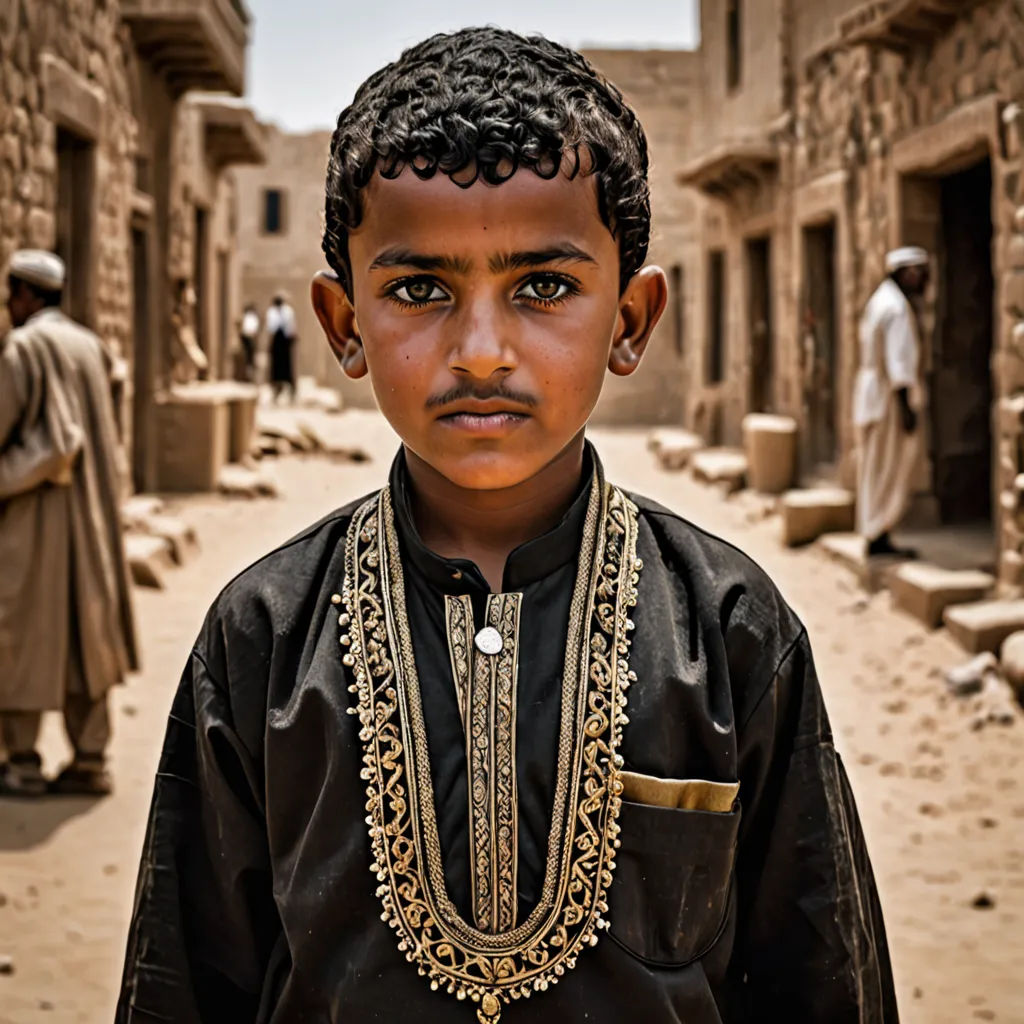
The story of Ali Abdullah Saleh is a testament to the complexities of leadership and the indelible impact one individual can have on a nation's history.